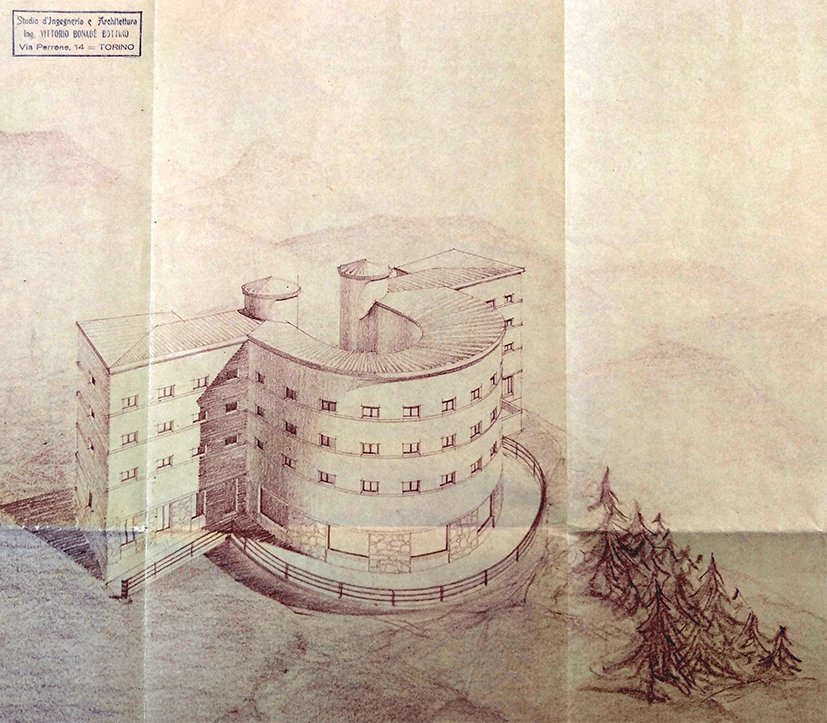
The Gran Sasso imagined in archive documents, unrealized tourist and sports projects for the highest mountain of the Appennines
Abstract
The State Archives of L’Aquila preserve within little-explored fonds projects, plans and programmes concerning mountain contexts of high naturalistic value, traces of which can be found in archive drawings, from which emerge the ambitions of a bygone, albeit close, time. Signif¬icant among many of these unrealised plans is the 1964 Gran Sasso d’Italia Tourist and Sports Enhancement Plan, a mountain that hosts the highest peak in the Apennines. As early as 1934, its tourist vocation was determined with the con¬struction of the first cableway in central-southern Italy on its southern side, rising up the valley of L’Aquila and culminating in a hotel at 2130 metres above sea level. However, it was not until the 1960s that the site was the subject of extensive tourism planning based on a project by architect Luigi Orestano, which spread over the 26 km of carriageable road connecting the cable car sta¬tions, providing accommodations up to 10.000 people, numerous sports facilities and the con¬struction of 35 ski lifts. Very few works were completed, some of which are now in a state of disrepair. The archive drawings reveal a territorial surreality that would have radically changed the way of living and inhabiting the territory. The wealth of content and graphic designs, identified and filed, has given rise to a database in which ‘digital objects’, endowed with attributes and geolocated, return a heritage that is often unrealised1, but essential for understanding territorial developments and the social dynamics of places. Of this ‘heritage’, the present study focuses exclu¬sively on unrealised works.
DOI: https://doi.org/10.20365/disegnarecon.34.2025.8
Keywords
Full Text:
PDFRefbacks
- There are currently no refbacks.
Copyright (c) 2025 Marco Paolucci
DISEGNARECON
ISSN 1828 5961
Registration at L'Aquila Law Court no 3/15 on 29th June, 2015.
Indexed in SCOPUS. Diamond Open Access. All papers are subjected to double blind peer review process by qualified reviewers.
Journal founded by Roberto Mingucci
